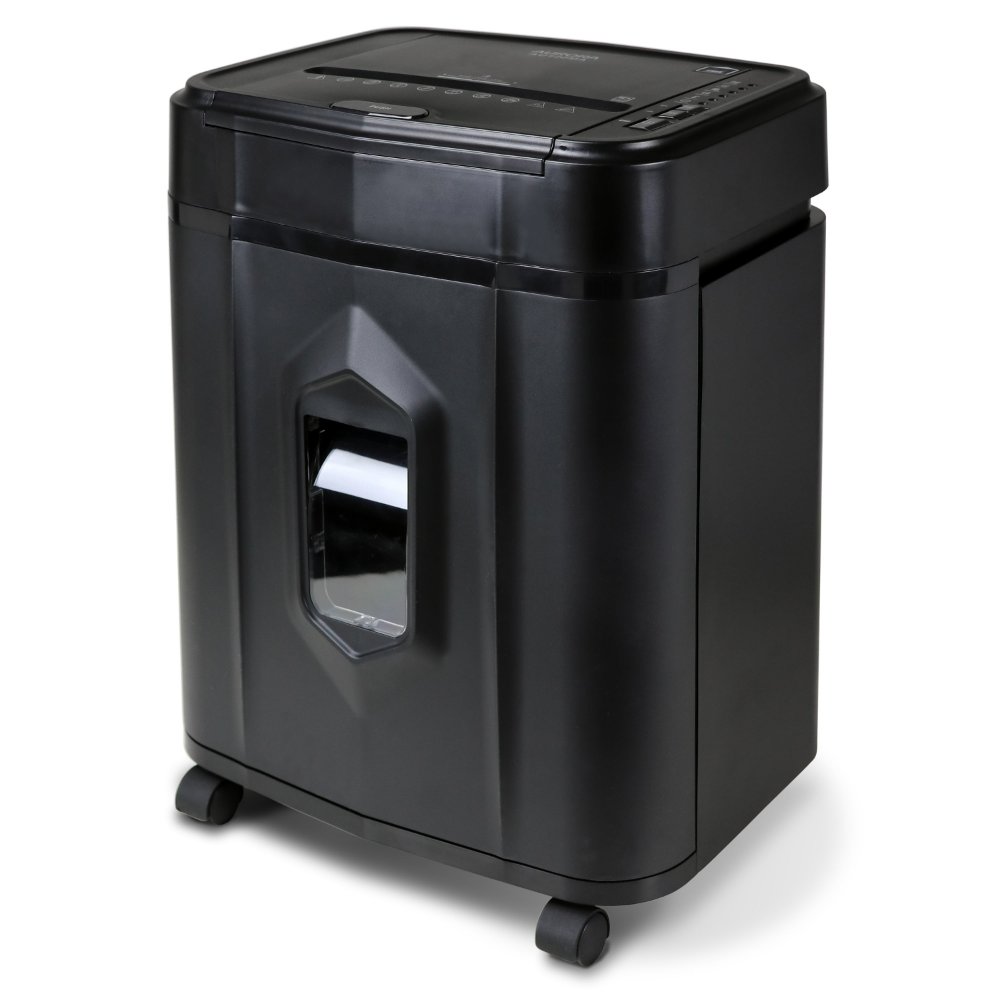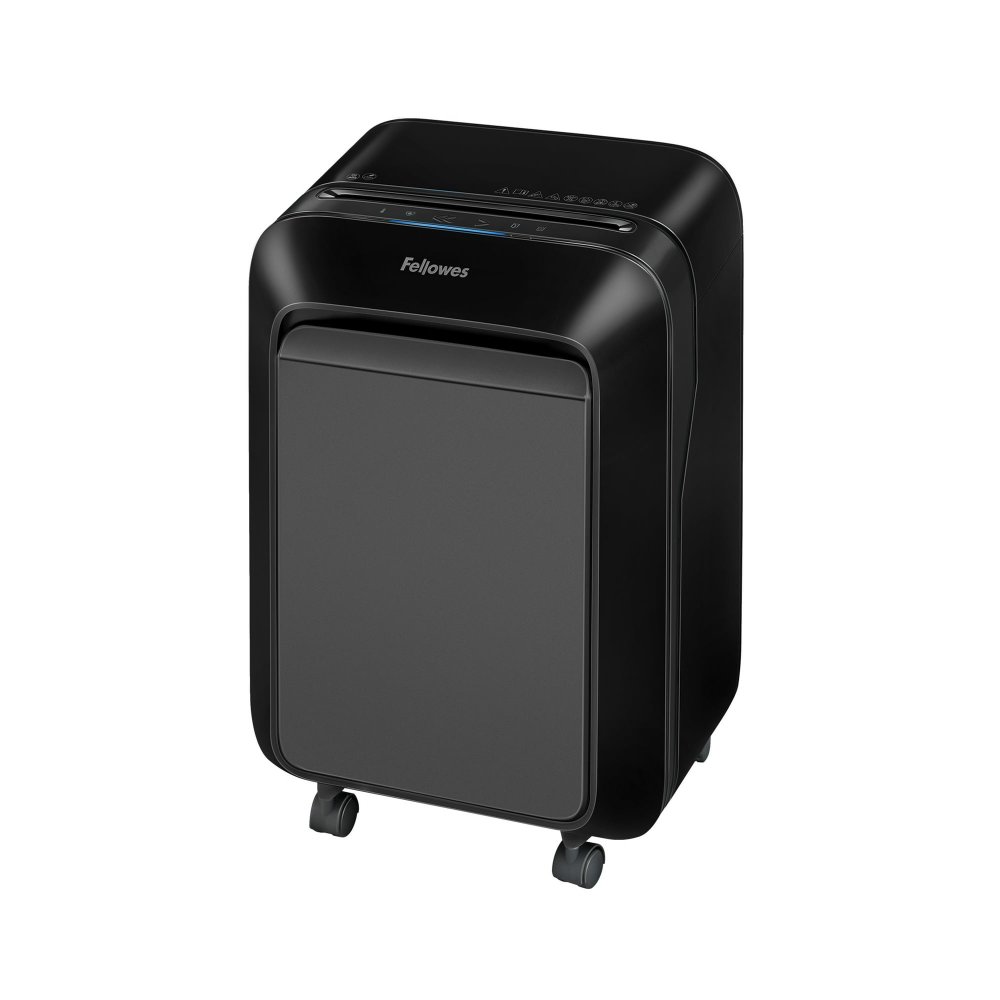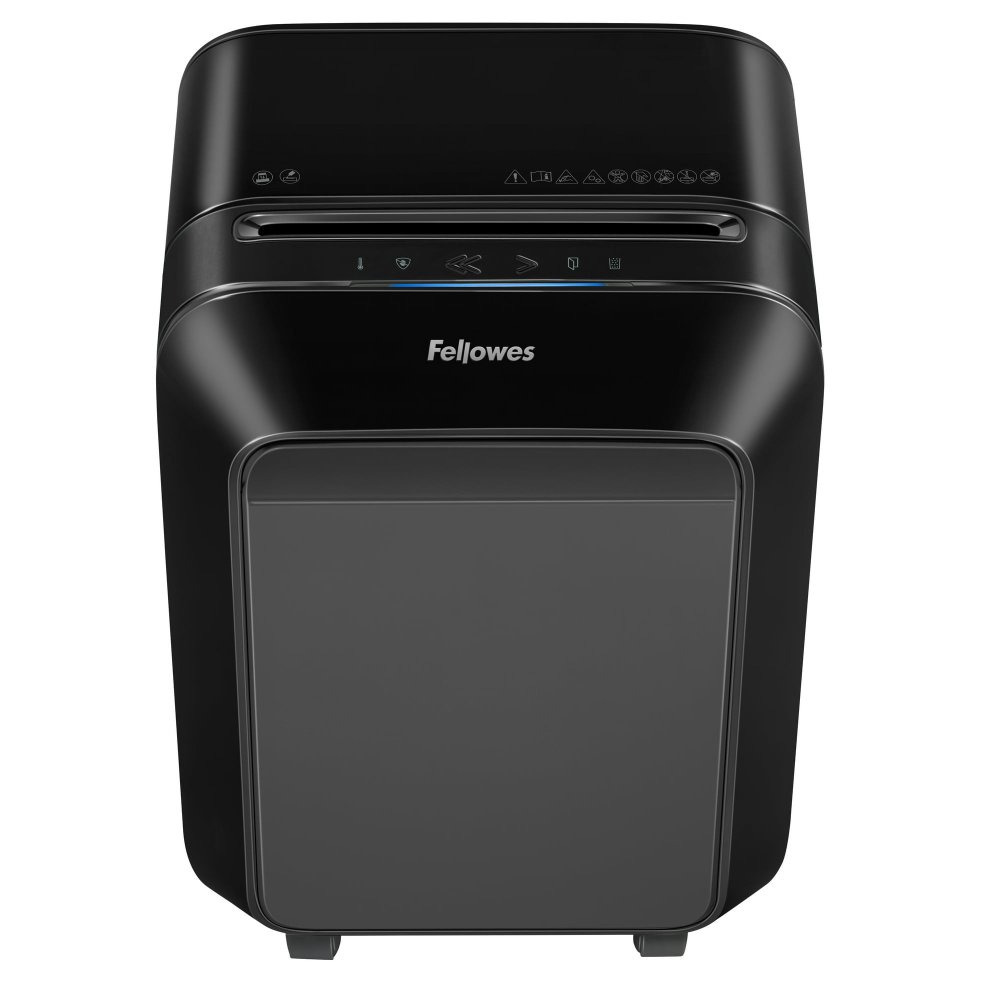Why Invest in a Heavy Duty Shredder for Home Use?
In today’s world, protecting personal information is critical. A heavy duty paper shredder for home use offers robust security by efficiently destroying sensitive documents. These machines go beyond basic shredding abilities. They handle high volumes of paper, making them perfect for those who work from home or have large households. Investing in a heavy duty paper shredder ensures that your confidential papers, like bank statements or medical bills, don’t fall into the wrong hands.
Moreover, these shredders often come with advanced features. They can destroy credit cards, CDs, and more, providing an all-in-one solution to data protection at home. Not only do they secure your information, but they also help reduce paper clutter. They make recycling easier, showing a commitment to environmental responsibility. In summary, a heavy duty paper shredder for home use is a wise investment for anyone serious about data security, managing high volumes of paper waste, and maintaining privacy while supporting eco-friendly practices.

Essential Features to Look for in a Heavy Duty Paper Shredder
When you’re in the market for a heavy duty paper shredder for home, several key features are non-negotiable. Identifying the right shredder involves understanding shredding needs and safety requirements. Below, we discuss essential features that define a top-notch heavy duty shredder.
Cut Type and Shredding Capacity
Different shredders offer various cut types, such as strip-cut, cross-cut, and micro-cut. Each style has unique benefits and trade-offs. For heavy duty shredding, cross-cut or micro-cut types are preferred. They turn documents into tiny, unreadable pieces. This ensures greater security than strip-cut shredders. Also, look into the shredding capacity. It should align with your volume needs. Some models can shred multiple sheets at once, while others handle less. A good heavy duty shredder can manage at least 10-15 sheets per pass.
Safety Mechanisms and Certifications
A robust safety system is vital in any heavy duty shredder. Look for features like auto shut-off to prevent accidents. Machines with child and pet safety mechanisms add an extra layer of protection. Certifications like UL or CE show adherence to strict safety standards. Don’t compromise on safety while choosing a shredder for your home.
Run-Time and Cool-Down Period
Heavy duty shredders differ in how long they can operate before needing a break. This is known as run-time. Models with longer run-times are more efficient for large shredding tasks. After a long run-time, the machine will require a cool-down period. Premium shredders often have shorter cool-down times, increasing productivity. Ensure the balance between run-time and cool-down period suits your shredding demands.
The Top Heavy Duty Paper Shredders on the Market
Finding the best heavy duty paper shredder for home use is critical to safeguarding your sensitive information. Let’s explore some of the top contenders on the market today. These models have been chosen based on their ability to blend security, efficiency, and user-friendly features. They all can destroy various materials, including staples, credit cards, and CDs, making them versatile for all your shredding needs.
Comparison of Popular Models
There are several models from trusted brands that dominate the market. When you’re comparing them, consider key features like shredding capacity, cut type, and run-time. Look for user reviews to gauge reliability and ease of use. Compare warranties, customer service, and part availability as part of the decision-making process. Balancing these factors with your budget will help you home in on the right model for your needs.
Pros and Cons of Each Model
Every heavy duty paper shredder has its strengths and weaknesses. Some may offer superior security with micro-cut technology but have shorter run-times. Others might have longer run-times but require longer cool-down periods. It’s essential to weigh these attributes against how you plan to use the shredder. For example, a model with a longer run-time is better for continuous shredding, while one with a shorter cool-down period suits sporadic but heavy use. The key is to align the pros and cons with your specific shredding demands.

Operational Tips for Home Shredders
To maximize the efficiency of your heavy duty paper shredder for home use, it’s important to follow some operational best practices. Here are tips to ensure your shredder operates smoothly and effectively:
- Read the Manual: Familiarize yourself with the manufacturer’s instructions for proper use and safety guidelines to avoid misuse.
- Avoid Overloading: Stick to the recommended shredding capacity. Overloading can cause jams and strain the motor, reducing the machine’s lifespan.
- Regular Feeding: Feed the shredder at a steady pace. Forcing too much paper at once can lead to jams and decrease the efficiency of the cut.
- Material Check: Ensure you only shred materials that your model is built to handle. Avoid feeding in materials like plastic or metal if not specified.
- No Staples or Clips: While some shredders can handle staples and clips, removing them is safer and can prevent potential damage.
- Empty the Bin Regularly: Don’t let the bin fill to the brim. Regular emptying helps maintain shredder performance and prevents jamming at the entry slot.
- Cool-Down Respect: Honor the cool-down period after prolonged use. This prevents overheating and maintains the shredder’s integrity.
By following these operational tips, you can ensure that your heavy duty paper shredder for home stays in top working condition, providing effective data protection for your sensitive documents.
Maintaining Your Heavy Duty Shredder
To keep your heavy duty paper shredder for home in excellent shape, regular maintenance is crucial. Here are some important steps to ensure your shredder keeps running smoothly and efficiently.
Cleaning and Oiling
Regular cleaning and oiling are essential to maintain a shredder’s performance. Dust off the machine’s exterior with a soft cloth. Avoid harsh cleaners or abrasives. For oiling, use a lubricant made specifically for shredders. Apply the oil across the entry slot or the cutting blades. Follow the manufacturer’s guidelines on oiling frequency. It usually depends on usage. Routine oiling prevents jams and ensures clean cuts.
Troubleshooting Common Issues
Shredders can face common issues like paper jams, overheating, or reduced efficiency. If you encounter a jam, turn off and unplug the shredder. Then gently remove the jammed paper using tweezers or the reverse function. Overheating can be avoided by respecting the recommended run-time and cool-down periods. If your shredder’s performance drops, check for dull blades or a full bin. Regular maintenance and addressing issues promptly will keep your shredder up to the task of protecting your sensitive data at home.

Security Levels and What They Mean for You
When choosing a heavy duty paper shredder for home, understanding the security levels is crucial. Security levels are rated by DIN 66399 standards and range from P-1 to P-7.
- P-1 and P-2 Levels: These levels offer basic document security. P-1 shreds into wide strips, while P-2 provides slightly smaller strips. They are suitable for non-sensitive data.
- P-3 Level: A cross-cut shredder falls into this level, slicing documents into confetti-like pieces. It’s ideal for destroying personal information.
- P-4 Level: At this level, shredders offer more security by producing even smaller cross-cut pieces. It’s great for confidential documents.
- P-5 to P-7 Levels: These are high-security shredders. P-5 provides fine micro-cut shreds, while P-6 and P-7 meet top-secret shredding needs. They turn papers into extremely small particles.
The higher the security level, the smaller the shred size, and the more secure your disposed documents will be. Choose a shredder with a security level that matches the sensitivity of your documents. A home office dealing with sensitive contracts might need at least a P-4. For typical household use, a P-3 level may suffice. Evaluate the type of documents you’ll be shredding to make an informed decision on the security level needed to keep your personal data safe.
Making Your Decision: Price vs Performance vs Features
When choosing the right heavy duty paper shredder, balance is key. You must weigh price, performance, and features to make the best choice. Each factor is important and should reflect your personal needs.
- Price: Set a budget first. Shredders vary in cost. Consider how much you’re willing to spend but don’t sacrifice essential features for a lower price.
- Performance: Assess how the shredder meets your needs. Does it have the shredding capacity you require? Check if the run-time and cool-down match your volume of shredding.
- Features: Determine which features are crucial for you. Do you need high security for sensitive documents? Look for high security levels like P-4 or above. Is safety a concern? Find models with advanced safety mechanisms. Are you eco-conscious? Opt for a shredder that aids in recycling efforts.
Remember to align the shredder’s capabilities with the type of documents you’re dealing with. Weigh the pros and cons detailed in the previous sections. Think about long-term use and maintenance. You might spend more upfront for a durable model that’s cheaper to maintain. Always refer to our outlined essential features and operational tips. By considering price, performance, and features in tandem, you will find the right balance for your heavy duty paper shredder at home.